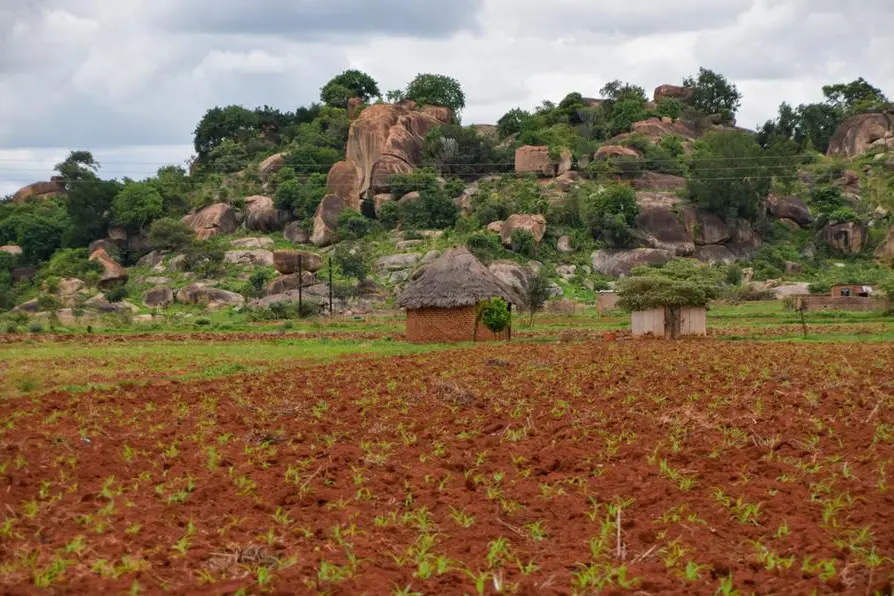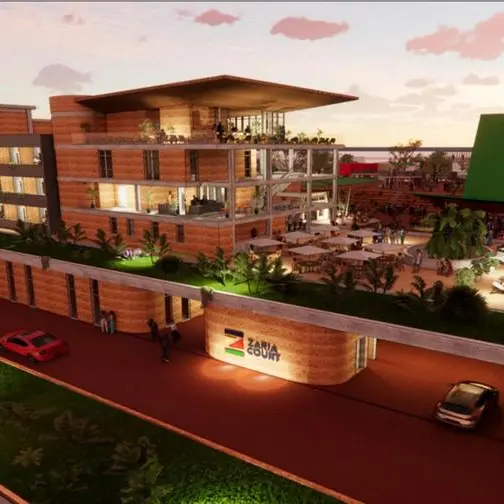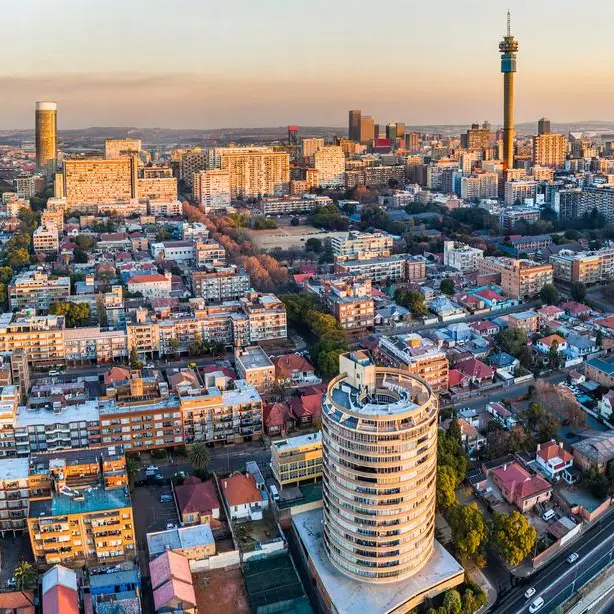PHOTO
The land reform from 2000 overturned the old dualist system of large-scale (largely white) commercial agriculture and small-scale communal area systems, creating a trimodal agrarian structure, with resettlement farms being larger than communal area plots and smaller than most former commercial farms. As Tom Tom describes in his review – From Bimodal to Trimodal Agrarian Transformation: Agrarian Changes in Zimbabwe’s New Resettlement Areas Two Decades – this transformation resulted in not only redistribution of land and changes in tenure regimes but also “the sociocultural, economic, and political texture of the hitherto predominantly white-owned large-scale farms.” The chapter looks at a whole host of themes but highlights in particular the emergence of new forms of agricultural production relation, notably land leasing, joint ventures, sharecropping and contract farming linked to processes of agricultural investment, commercialisation and mechanisation. The trajectories of accumulation that this results in creates divergent and highly complex outcomes affected by the type of crop, the form of commercial contract, the role of state support and factors such as climate change, as the papers reviewed below show.
Crop contracting driving commercialisation
Several new papers focus on both sugar and tobacco as commercial crops driving this pattern of commercialisation, particularly via contract arrangements. The role of external capital in the form of large investors and processors is key in both facilitating and constraining the possibilities of accumulation on land reform farms. Freedom Mazwi and Walter Chambati in their paper in the Canadian Journal of Development Studies – Diversification of sugar production in Zimbabwe: wealth accumulation from below by outgrowers – highlights how over 1000 black sugar outgrowers who received land through land reform have accumulated – supporting processes of farm mechanisation – while being reliant on the support of transnational capital. The study extends earlier research by ourselves and Mazwi on the success of outgrower sugar production, despite the assumption that it would never work. Nevertheless despite this ‘accumulation from below’, contract relations with sugar companies remain exploitative through monopolistic pricing of inputs and outputs, resulting in significant rents accruing to transnational capital. While the new producers could not do without the companies who finance inputs, labour and provide water and a guaranteed market, companies’ ability to extract profits acts to “slow down the pace of accumulation”.
Focusing in on Mkwasine sugar estate in the southeast lowveld, Francis Muromo and Paramu Mafongoya, the paper in the journal Global Research in Environment and Sustainability, Emerging Dynamics in Mkwasine Sugar Estate after the Land Reform in Zimbabwe, highlights how reconfigured land ownership structures and tenure regimes has resulted in significant tensions and conflicts between the new farmers (400 settlers each on 10-20 hectares of irrigated land each) and the estate, owned by Tongaat Hullet Group and between farmers themselves. A move from a centralised estate managed by a single company to a complex contracting arrangement increases transactions costs and can result in conflicts over allocation of resources, irrigated water flows and most notably market prices offered. Under the new post-land reform arrangements, new governance arrangements are needed, including mechanisms for conflict negotiation and resolution.
State support: the role of ‘command agriculture’
In an attempt to boost staple crop production (maize in particular) the state adopted the ‘command agriculture’ approach. This was a form of contract farming, involving the supply of soft loans to farmers with large farms and (usually) irrigation infrastructure. As Freedom Mazwi and Paris Yeros argue in a paper in Agrarian South: Journal of Political Economy, the constraints on capital and wider finance in Zimbabwe’s sanctioned economy and the focus of investment under neoliberalism on export crops such as sugar and tobacco, led to underinvestment in staple food crops, undermining national food security. The article titled ‘Zimbabwe’s Command Agriculture: Problems of Planning Under Neoliberalism’, highlights the potentials of state planning to offset the biases of neoliberalism, and the policies foisted on African countries by the likes of the World Bank.
Somewhat controversially, the study contends that there is a “a distinct correlation between national food self-sufficiency and, to some extent, economic stability and growth under state intervention and planning.” State-led stimulus and planning initiatives can, they suggest, result in boosts in “economic growth and development if well managed.” The proviso that such efforts must be well managed is crucial as much evidence, including some shared in the paper showed that political patronage and corruption influenced and, in the end, undermined the command agriculture programme. However, the article offers a more positive conclusion, recalling earlier state-building efforts around land and food arguing that “state planning in cereal production poses a threat to neoliberalism and the hierarchical international food system, and is an important step toward attaining national sovereignty.”
Clearly in attempts to commercialise agriculture following land reform, relying on contracting, joint ventures and so on driven by international and local capital is insufficient. Experiences of such efforts show that, while those involved in the contracting arrangements benefit, allowing some ‘accumulation from below’, there are limits to what is possible, as only some crops are suitable for contracting and inevitably contract arrangements reflect power imbalances allowing often external capital to benefit at the expense of local farmers. Addressing such inequities and the lack of finance for other crops, the role of the state is crucial, as has long been argued in debates about agricultural development, from the Asian Green Revolution onwards. A well-targeted, subsidised loan investment can help get things moving, allowing capital poor farmers to produce for the nation. The challenge in the Zimbabwe case is how to facilitate this without extensive rent-seeking by those involved. In this respect, while the principle of command agriculture has a clear logic, especially in Zimbabwe’s siege economy, the practice has often been less than ideal.
Climate change: towards resilient forms of agricultural commercialisation
Climate change is another factor that can upset successful pathways to commercial agriculture, particularly in smallholder settings that are especially vulnerable to rainfall variability induced by climate change. In a paper in Climate and Development, Andrew Newsham, Lars Otto Naess, Khamaldin Mutabazi, Toendepi Shonhe, Gideon Boniface and Tsitsidzashe Bvute explore the climate resilience of different agricultural commercialisation pathways in both Zimbabwe and Tanzania.
Through highlighting the underlying causes of uneven distributions of vulnerability and resilience, the research finds that those who are most vulnerable, and so would benefit from boosts in agricultural incomes through commercialisation, are least able to adapt to climate change and develop resilient systems. This they refer to as the ‘adaptation trap’, suggesting the need for tailored approach to so-called climate-smart agriculture that takes account of differential patterns of vulnerability (and so class, gender and age differentiation) to climate change, as well as the potential for commercialisation.
Pathways to commercial agriculture
Land reform disrupted the core white-owned commercial agricultural sector through land redistribution. The expectation was that by distributing land to a diversity of producers – operating on small, medium and large scales – a new form of commercial agriculture, able to generate surpluses and drive accumulation from the agricultural sector for a greater number of people, would arise.
While there have been (for many) unexpected successes with tobacco and sugar, driven through contracting with smallholder land reform beneficiaries, the commercialisation of other crops has not been so vibrant. This is largely because of lack of finance in the cash constrained economy, which has been subject to mismanagement, corruption and sanctions for now over two decades. In order to revive agriculture as a core sector, policy has focused on a business-oriented, commercial drive for agriculture in recently years. After 2017, President Mnangagwa’s regime has encouraged investment and the liberalisation of joint venture and land leasing arrangements.
As a result, there has been a growth of new forms of arrangement facilitating agricultural investment and commercialisation. As our research has shown, this has happened in A1 areas, but particularly occurs in the A2 medium-scale farms, which had suffered years of under-investment. Patterns of consolidation and a growing land market (for both notional (illegal) purchase and leasing) has resulted in shifts in agrarian relations, and some argue a reversal in the gains of the reform. The varied role of external contract, state subsidy, patronage and climate change shapes the diverse pathways to commercial agriculture in Zimbabwe as this newly published research shows.
This blog was written by Ian Scoones and first appeared on Zimbabweland
© Copyright The Zimbabwean. All rights reserved. Provided by SyndiGate Media Inc. (Syndigate.info).























